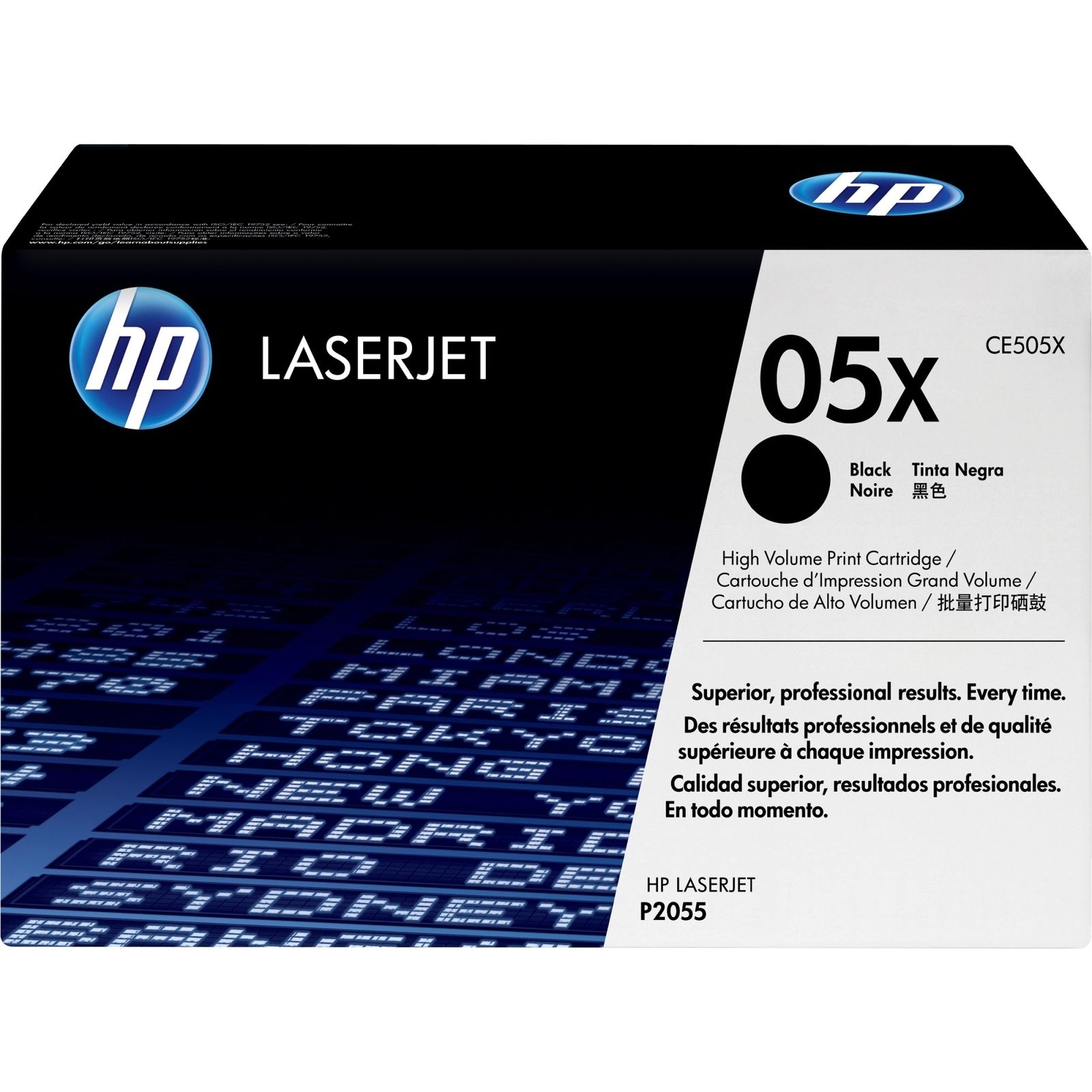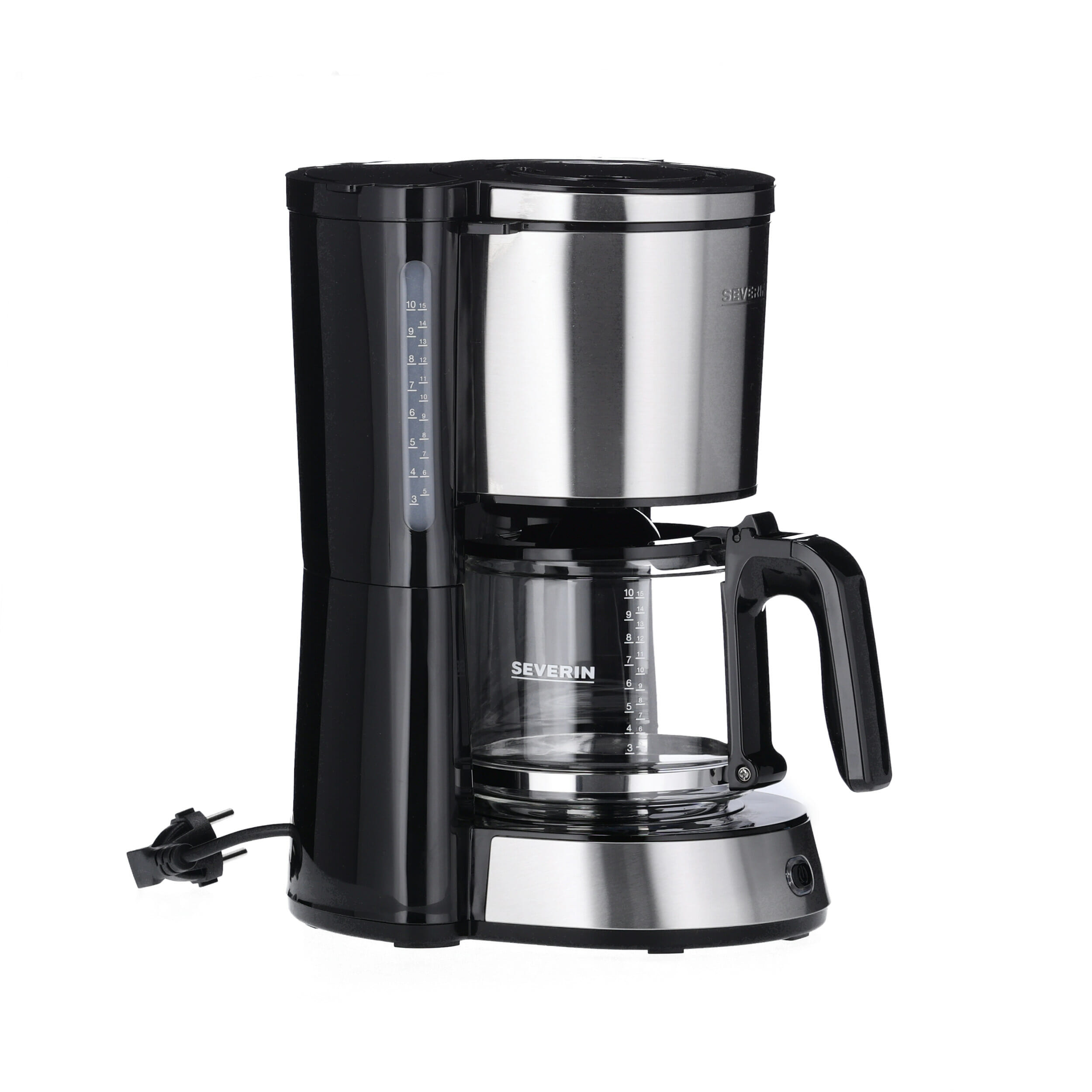The Rise of Slot Machines: A Journey Through Time
Slot machines have been a staple in casinos for over a century, with their roots dating back to the early 20th century. From their humble beginnings as mechanical devices to the high-tech marvels we see today, slot machines have undergone significant transformations over the years.
The Early Years (1900-1960)
The first mechanical slot machine was invented by Charles Fey in 1887, a San Francisco-based mechanic and inventor. The Liberty Bell, as it came threecrazypiggies.com to be known, featured three reels with five symbols each, including hearts, diamonds, spades, clubs, and the Liberty Bell itself. Players would insert coins into the machine, pull the lever, and hope that their chosen combination would line up.
The first electromechanical slot machine was introduced in 1963 by Bally Manufacturing Company. The Money Honey featured a single payline, three reels, and an electronic mechanism to dispense payouts. This innovation marked the beginning of the end for mechanical slot machines and paved the way for modern electronic slots.
The Golden Age (1970-1990)
The 1970s and 1980s saw the rise of Las Vegas as a major gaming hub, with casinos like Caesars Palace and MGM Grand popping up left and right. Slot machines became increasingly popular, with manufacturers introducing new features such as multiple paylines, bonus games, and progressive jackpots.
The introduction of video slots in the 1980s revolutionized the industry once again. Games like the IGT’s Megabucks, which featured a networked progressive jackpot that linked multiple casinos across the country, captured players’ imaginations.
Modern Slot Machines (1990-Present)
With the advent of personal computers and mobile devices, slot machines have continued to evolve. Modern slots often feature:
- High-definition graphics
- Immersive sound effects
- Complex game mechanics, such as free spins and bonus rounds
- Social features, allowing players to interact with each other and share their experiences on social media
Some notable examples of modern slot machines include:
- The Wizard of Oz : A popular IGT game based on the classic film, featuring a progressive jackpot and interactive bonus games.
- Cleopatra : Another IGT hit, inspired by ancient Egyptian mythology, with an impressive 25 paylines and multiple bonus features.
- Mega Moolah : A Microgaming game known for its massive progressive jackpots, which have reached as high as $10 million.
Slot Machine Types
Over the years, various types of slot machines have emerged to cater to different player preferences. Some common categories include:
- Classic Slots : Simple games with three reels and one or more paylines.
- Video Slots : Games that feature multiple reels, paylines, and bonus features.
- Progressive Slots : Machines linked across a network, contributing to a shared jackpot.
- 3D Slots : Immersive games with 3D graphics and interactive elements.
The Psychology of Slot Machines
While slot machines are designed to be entertaining, their psychological impact on players is more complex. Studies have shown that:
- Players tend to experience a "near miss" effect, where they feel a sense of satisfaction when close to winning but not quite there.
- The illusion of control creates a false sense of agency among players.
- Slot machines can lead to problem gambling behavior due to their accessibility and ease of use.
Casino Slots Strategies
While no strategy can guarantee success in slots, some tactics can help players make the most of their gaming experience:
- Choose games with high return-to-player (RTP) rates : Games with higher RTPs tend to payout more frequently.
- Bet within your means : Set a budget and stick to it to avoid overspending.
- Don’t chase losses : Avoid trying to recoup losses by increasing bets, as this can lead to further financial problems.
The Future of Slot Machines
As technology continues to advance, we can expect slot machines to become even more sophisticated. Some potential developments on the horizon include:
- Virtual Reality (VR) Slots : Immersive experiences that transport players into a virtual casino.
- Artificial Intelligence (AI) Integration : Games that adapt to player behavior and offer personalized recommendations.
- Mobile-First Design : Slots optimized for mobile devices, with features like touch controls and gesture-based interactions.
Conclusion
Slot machines have come a long way since their humble beginnings in the early 20th century. From mechanical devices to high-tech marvels, they continue to captivate audiences worldwide. While some players may view slots as a harmless form of entertainment, others may struggle with problem gambling behavior.
By understanding the history and psychology behind slot machines, we can better appreciate the complexities of these games and make informed decisions about our gaming habits. Whether you’re a seasoned gambler or just starting out, there’s no denying the allure of spinning those reels and hoping for the best.
Additional Resources
- National Center for Responsible Gaming:
- Problem Gambling Help:
- Slot Machine Manufacturers Association:









